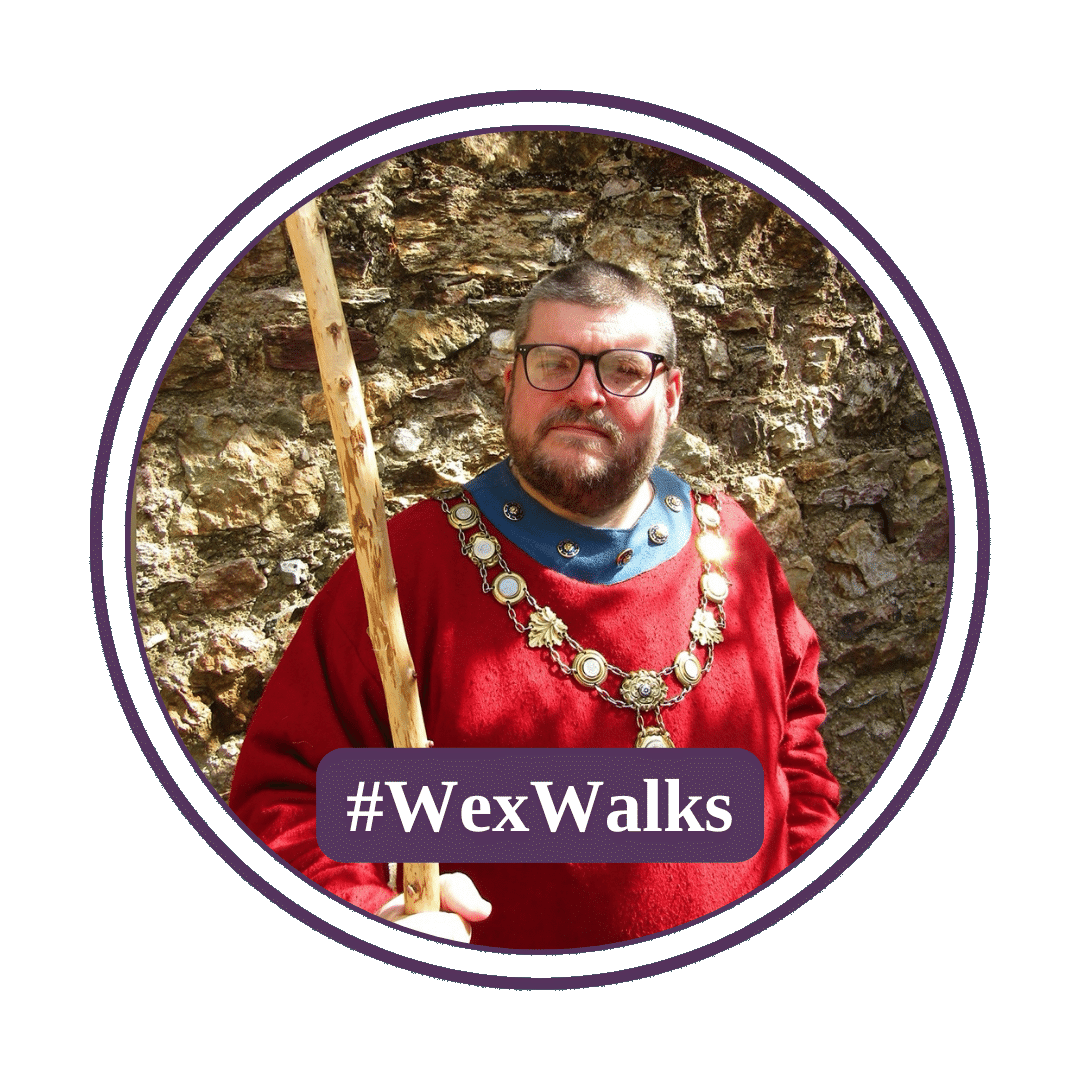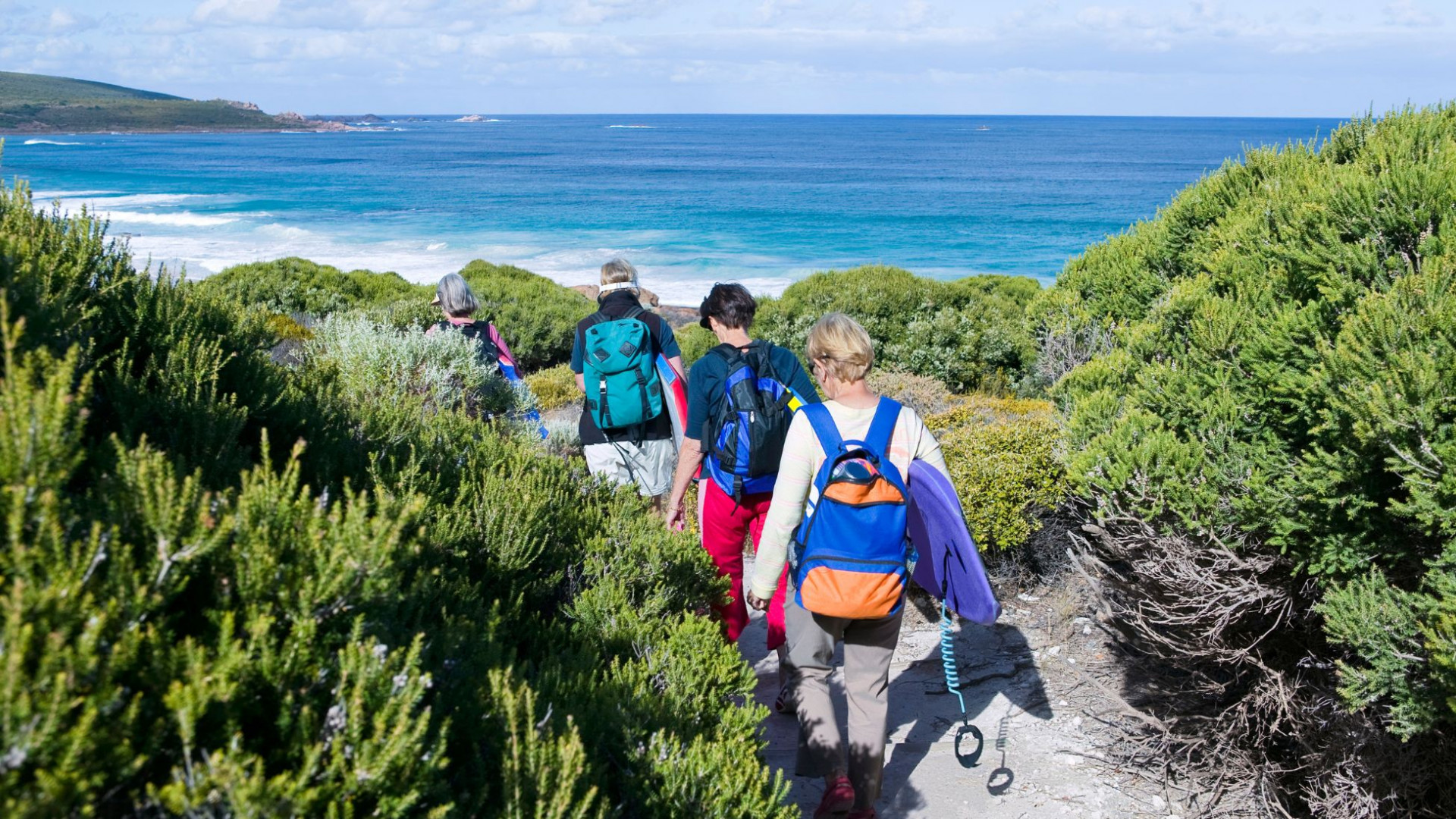A collection of beautiful walks awaits you in Wexford! Enjoy the Guided historical walks with the Strand Cahore, explore the historical streets of Wexford Town with WexWalks and discover the incredible Wexford Walking Trails.
GUIDED HISTORICAL WALKS WITH THE STRAND, CAHORE
The Strand Cahore is in a unique position overlooking the safe swimming beach and pier at Cahore Point with sweeping views over the sea to Wicklow Head. A destination which holds a special place in the hearts of many generations is only one hour from Dublin.
Enjoy a captivating journey through time as you embark on a guided historical walk in Cahore in County Wexford. Nestled along the picturesque coastline, Cahore breathes life into Ireland's rich past, and the expert guide is eager to share his compelling stories.
CAHORE CASTLECahore Castle, a 10 bedroom Victorian castellated house, which once stood on almost 2,000 acres. Today, it has almost 12 acres and offers uninterrupted sea views and sits along the Cahore Cliff Walk. It was built in 1850 by MP and solicitor general for Ireland, Judge John George. |
THE NUNS STEPSThe castle remained in the George Family until 1948 when it was sold and subsequently became a summer retreat for nuns of the Order of St John of God, up until the late 1960s when it was converted into a small hotel which open until the 1990s. The 'Nuns' Steps' are named after the nuns as these were the steps that they made on their way down from the castle to the beach to wash themselves! |
WATCH TOWERS OR LOPsIn 1939, the Coast Watching Service was set up to monitor and record aggressive activity around our coast. Eighty three Look Out Posts or Watch Towers were set up at strategic locations from Ballagan Head in Co. Louth (no.1) to Inishowen Head in Donegal (no. 82) and the final one, no.83, was then added in Foileye, Co. Kerry. Cahore was no.11. |
EIRE 11As the war raged and the number of aircraft flying over Ireland began to increase, a growing number of planes were crashing down on Irish soil or being forced to land due to the pilot losing their bearings or running low on fuel. In 1943, the Coast Watching Service began to construct these giant stone EIRE markers close by to the the LOPs. These signs acted as a declaration of our neutrality, so that pilots knew that they were now flying over neutral territory. |
GILLIGAN'S CAVEGilligan's Cave, in the cliffs behind Cahore Castle, is today almost inaccessible. In the 17th century, a James Gilligan was landlord of Cahore, Newtown and other lands in the parish of Ballygarrett. The popular version of the Gilligan story is that he was involved in the Battle of the Boyne and that he became a pirate and smuggler, using the cave to conceal smuggled goods and running them to Ferns by means of an underground passage. |
CAHORE RNLI LIFEBOAT STATIONThe Cahore RNLI ran from 1857 to 1916, during which they succeeded in saving sixty precious lives including the rescue of a shipwrecked crew of thirteen, from the Austrian barque Nata, lost on a bank off Cahore on the 18th January 1877. |
THE ROCKET CARBy far the largest number of shipwrecks occur when ships come into unplanned contact with the shore. By the end of the century, a major improvement was the replacement of the Lyle gun with a rocket launcher on a rocket car. This was lighter, easier to transport, being pulled along the shore by horse or men. The rocket could haul a line farther to a distressed boat or ship at sea. If successful, the line was secured to the distressed vessel and then a heavy rope would pull it ashore. |
THE ROCKET POLERocket poles were erected to replicate a ship's mast and were used during training to help with training crew. The rocket pole at Cahore started its life close to the pier however, due to coastal erosion, the pole was moved several times and now sits on top of the dunes opposite the entrance to The Strand Cahore. |
For more information on the Guided Historical Walks or the Cahore Cliff Walk, see The Strand Cahore's website HERE or call +353 (0) 53 94 27486 to book.
WEXWALKS

WexWalks invite you to take a vivid journey through the historical streets and winding lanes of Wexford Town, an ancient Viking city. Explore the worlds of medieval ports, bullrings, bloody insurrections, ghostly graveyards and cavernous churches. Hear about local characters, from monstrous murderers to vicious Vikings to Oliver Cromwell himself. Join local actor and history buff, Paul Walsh, as he expertly weaves over 1000 years of history into one highly entertaining hour.
Contact: - Paul Walsh | Phone - 0862138062 | Email - paulwalshdrama@gmail.com
WEXFORD WALKING TRAILS
Located in the southeast of the island of Ireland, County Wexford has an exceptionally varied landscape for you to savour.
Ranging from long sandy beaches in the east to the wild Hook Peninsula in the southwest. Walk through bird-rich polders beside Wexford town. Traverse the slopes of Mount Leinster and the Blackstairs Mountains in the west. Choose a different walk each day!
There is a wide range of quality walks through quiet rural landscapes of diverse character. All trails are steeped in the history of the island long regarded as ‘the end of the known world’.
Wexford, on the gentle River Slaney, has been the gateway for repeated invasions down the centuries. Archaeological treasures abound: religious, civic, military, from the earliest times down to the high mediaeval to the John F Kennedy experience of recent decades.
Many of our walks have rugged terrain. All walks are graded. The length of each trail is indicated to assist you to select the right walk for your ability.
For more information please check HERE.

